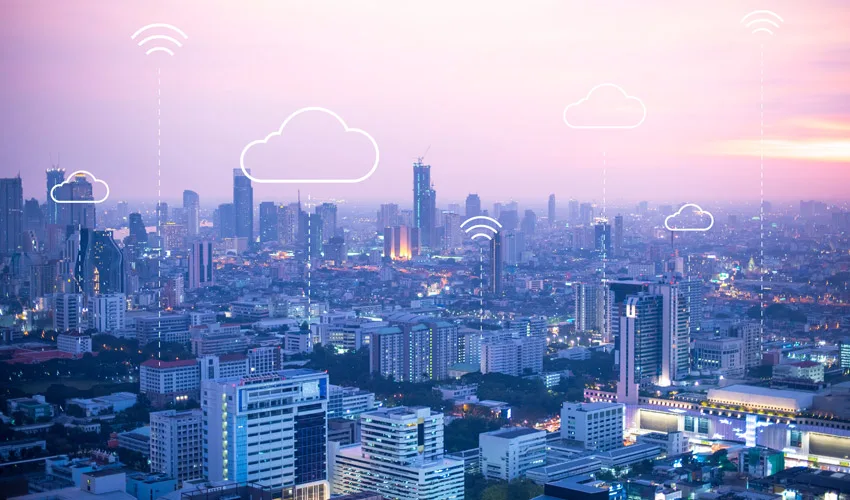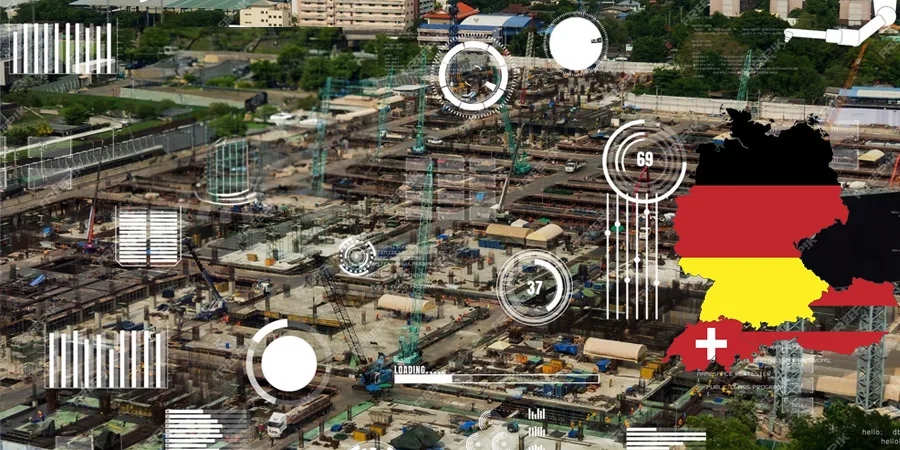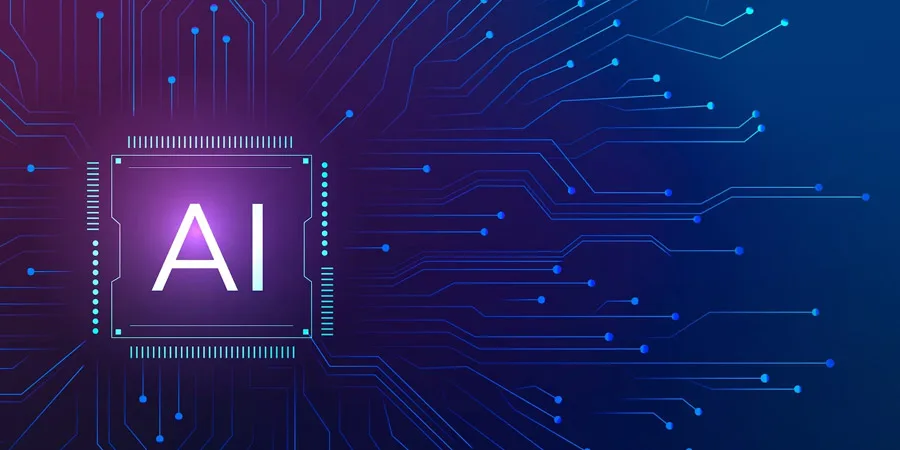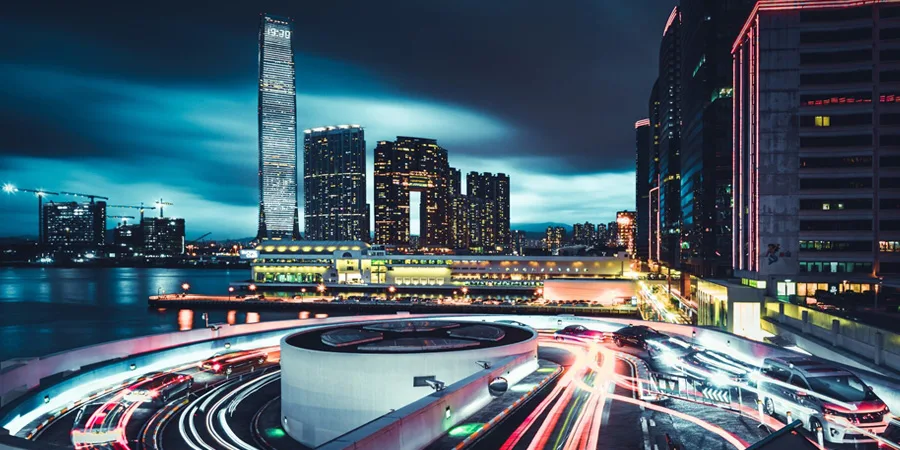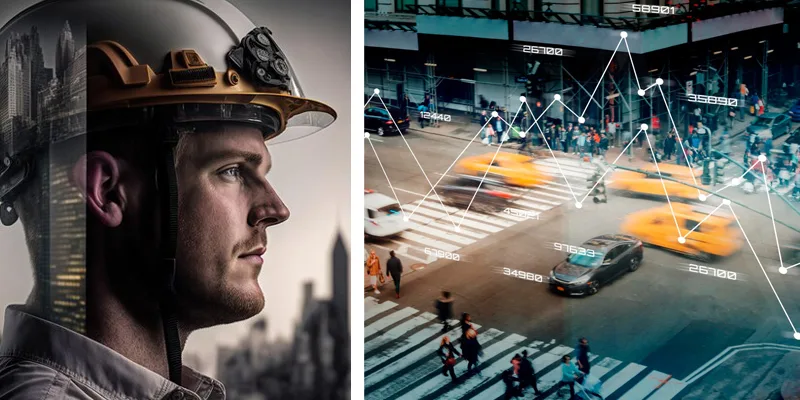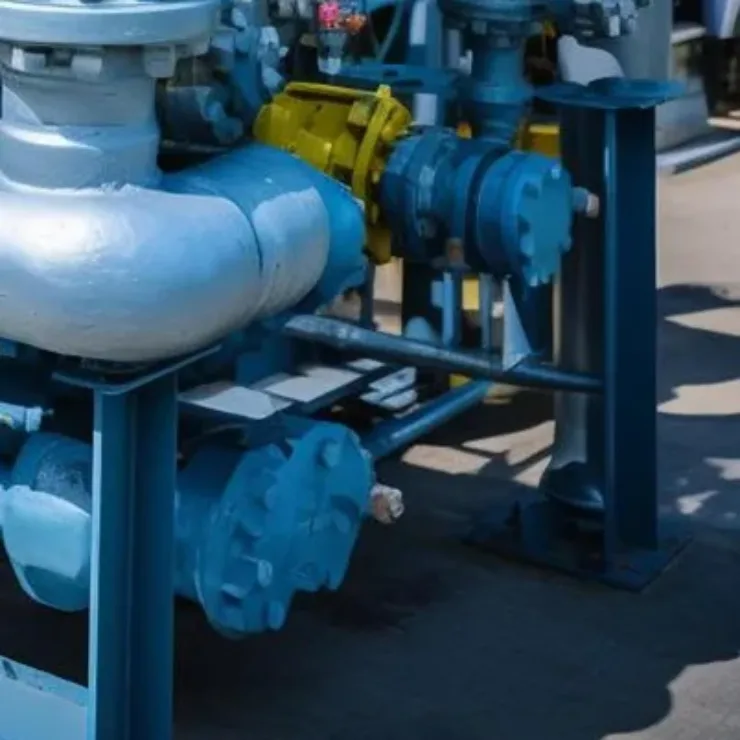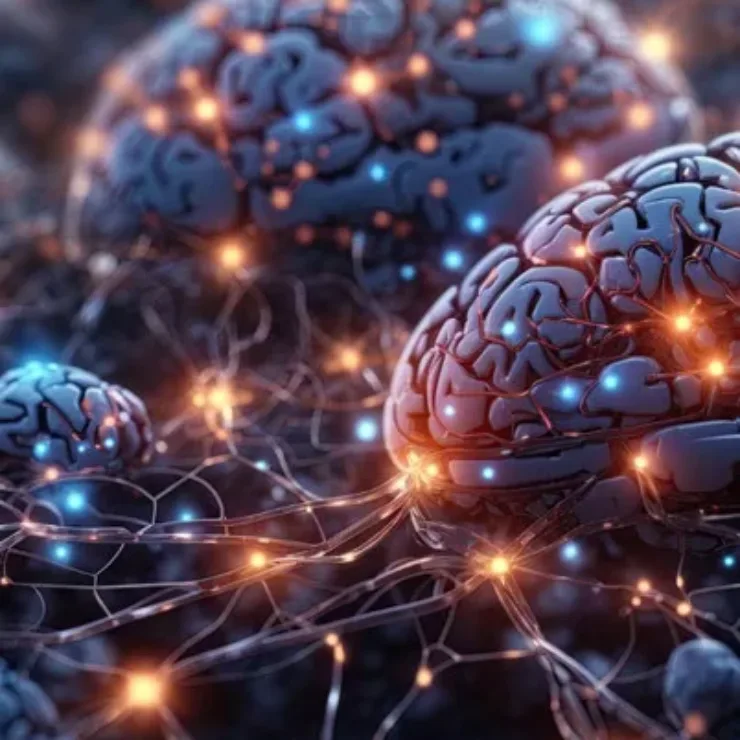From the factory floor to everyday objects, IoT integration is paving the way for innovative integrations that are revolutionizing the way we live and work. In an age where technology permeates our lives and innovation is constantly opening new horizons, there is one constant that is fundamentally changing the way we interact with the world: the Internet of Things (IoT). Originally designed to connect devices and collect data, the IoT has long since transcended its limitations and is showing a remarkable ability to penetrate unconventional applications. It has the power to revolutionize traditional industries, create new opportunities and redefine the way we think about connectivity and integration.
Future of The IoT
The Expanded Potential of IoT in Various Industries
The concept of the Internet of Things has changed our world in remarkable ways in recent years. It refers to the networking of a wide variety of devices and objects over the Internet, enabling them to communicate and exchange data with each other. But while many of us are familiar with the common applications of IoT, such as smart phones or connected home appliances, the potential of this technology has long since expanded beyond these boundaries. Integrating IoT into applications that may seem unusual or even unimaginable at first glance opens up a fascinating world of possibilities. Companies continue to find innovative ways to incorporate IoT into areas that have rarely been associated with technological connectivity in the past. In this context, we explore the unexpected applications of IoT integration in the DACH region and look to a future where the concept of connectivity will take our everyday lives in even more impressive directions.
Benefits of IoT in Industrial Operations
Integrating IoT into business strategies, especially in industry, has multiple benefits. By enabling systems and machines to communicate seamlessly, it enables more efficient operations and provides the basis for data-driven decision-making. Smart sensors in manufacturing machines enable increased productivity, improved efficiency and preventive maintenance. At the same time, they provide visibility and enable informed decision-making, while security measures ensure data integrity. It opens the door to intelligent production and sustainable competitive advantage in an increasingly connected world. It not only reduces downtime, but also enables remote monitoring and control of equipment, which, when combined with encryption and authentication, provides additional security. In addition, It provides greater visibility into resource consumption and machine performance, leading to better-informed decisions at all levels of the organisation. Ultimately, IoT integration creates a dynamic, forward-looking business environment that addresses the challenges and opportunities of an increasingly connected world.
Emerging IoT Technologies in The DACH Region
The rapid adoption of IoT has fundamentally changed the technology landscape. A recent study by IDG on the use of IoT shows not only the increased relevance of this topic, but also an increasing number of projects, especially in larger companies in the DACH region. Industry 4.0, quality assurance and smart connected products are just a few of the many possible applications that will continue to drive investment in IoT in the future. For more information on the study, click here.
The study also shows that both global corporations and mid-sized companies are increasingly turning to IoT to expand their service offerings, reach new customer potential and make business processes more efficient.IoT gateways play a crucial role in these implementations by ensuring seamless connectivity and data flow between devices and central systems. At present, it is mainly large enterprises that are realising the full potential of IoT and have already successfully implemented projects. More information on the study can be found here.
Revolutionizing Industries Through Digital Transformation
Digital transformation is sweeping across industries, ushering in unprecedented changes and unlocking novel opportunities. From healthcare to manufacturing, energy, transportation, logistics, and small businesses, the impact of digitization is reshaping conventional norms. In the healthcare sector, digital transformation is driven by the desire to enhance patient outcomes while reducing costs. Real-time data analytics and IoT integration empower efficient communication among care providers and provide patients with secure access to their health information. Simultaneously, the manufacturing sector is undergoing a profound shift as digital transformation introduces the concept of the “digital thread,” seamlessly connecting stages of production, supply chains, design, and customer service. The integration of IoT introduces predictive maintenance and efficiency enhancements.
In energy and utilities, digital transformation optimizes operations and promotes sustainability by harnessing data analytics and sensors. Improved efficiency in power plants and environmental monitoring are some of the outcomes. The transportation and logistics industry advances from basic digitalization to Logistics 4.0, embracing AI, IoT, and cloud infrastructure. Real-time tracking, predictive maintenance, and route optimization through IoT sensors are fast becoming standard practices. Additionally, small businesses are embracing digital tools at an accelerated pace, a trend catalyzed by the COVID-19 pandemic. Remote work technology, digital payments, cybersecurity, and automation are driving incremental improvements in efficiency and customer experiences.
Digital transformation is revolutionizing the insurance sector by enabling the creation of personalized products and services. Through data analytics, insurance companies gain insights into customer preferences and needs, facilitating better engagement through digital channels like social media and mobile apps. “Insurtech” startups are offering innovative tools for customer acquisition, risk management, and claims processing. However, the insurance industry faces challenges in keeping up with rapid technological changes, addressing cybersecurity concerns, and navigating regulatory requirements.
Outlook and Predictions for The Future of IoT Integration
Internet of Things (IoT) integration is only at the beginning of its potential. In the coming years, it is expected to find its way into various industries, from agriculture to healthcare. Especially in Industry 4.0, it will optimise production processes and improve products. Combining IoT with artificial intelligence will enable more precise analysis and predictive maintenance, minimising downtime. However, IoT security and privacy remain key concerns. Strong security protocols are needed to ensure trust. Companies that embrace IoT early and strategically drive its integration will gain a clear competitive advantage in an increasingly connected world. The future will be characterised by IoT integration, which will increase efficiency and open up new business opportunities.
New IoT applications and usecases
Integrating IoT with AI for Smarter Automation
The synergy between IoT and AI promises an exciting future. While IoT is already enabling a revolutionary interconnectivity of devices and data, the integration of AI will introduce an even deeper level of intelligence and automation. In the coming years, this connection is expected to create groundbreaking opportunities. AI will enable IoT systems not only to collect data, but also to intelligently interpret it and derive actions. Predictive analytics will become the norm, as AI uses algorithms to predict future events and take preventative action. This leads to predictive maintenance, reduced downtime and optimised use of resources.
The integration of AI with iot platforms is also opening up a new era of automation. Intelligent systems can react autonomously to change, recognise complex patterns and perform tasks more efficiently. This has the potential to revolutionise processes in industries ranging from manufacturing to healthcare. However, there are also challenges to overcome, particularly around privacy and ethics. The combination of IoT and AI requires robust security measures and clear guidelines for handling sensitive data.
All in all, the world of IoT integration in unconventional applications shows an amazing potential beyond conventional notions. These synergies between technology and creativity show that innovation knows no boundaries. We are on the cusp of an era of disruptive change, with smart connectivity leading the way. What is our role in this exciting process? Find out more on eesy-innovation, where you can delve deeper into our efforts to shape this transformation.
Because IoT technology is changing quickly, it can be tough to think of new and creative ideas. We’ve given you some fairly new examples to help you get started and come up with your own unique concepts.
Smart Light System
Streetlights use a significant portion, about 19%, of the world’s energy supply. Often, daytime streetlights remain illuminated unnecessarily. The streetlight monitoring system, based on IoT smart lighting technology, efficiently oversees and optimizes streetlight usage, eliminating the need for human intervention.
The IoT application in street lighting has transformed urban areas, enhancing energy conservation and safety. These smart streetlights are equipped with advanced sensors and communication capabilities, allowing them to dynamically adjust brightness based on real-time data processing. By utilizing data from traffic flow, weather, and pedestrian activity, they fine-tune illumination levels, reducing energy consumption during non-peak hours. Additionally, motion sensors integrated into the system detect approaching vehicles or pedestrians, providing illumination as needed, enhancing safety while conserving power. Moreover, these intelligent streetlights can communicate with municipal systems, instantly reporting any outages or maintenance requirements, streamlining city services. This innovative application not only reduces environmental impact but also serves as a blueprint for sustainable urban infrastructure, leading the way toward smarter, safer, and more energy-efficient cities.
Furthermore, the smart light system app allows users to monitor the estimated power usage based on the current intensity of a streetlight. It also features load-sensing capabilities to detect any faults in the lights. When a problem is identified, the system promptly flags the specific light and relays this data to the IoT monitoring system, ensuring swift resolution.
Routes for Building Metro Stations
IoT applications are significantly changing the way we choose and plan metro stations. By utilizing real-time data from a variety of sources like city demographics, traffic patterns, and urban planning models, this technology employs advanced algorithms to identify the most advantageous locations. It takes into consideration vital factors such as population density, existing transportation hubs, and future development projections. Furthermore, predictive analytics anticipate future transit needs, ensuring stations are strategically situated to support urban growth. Additionally, this application meticulously evaluates potential routes for metro lines, considering geological and environmental conditions while minimizing disruptions to current infrastructure. This innovative approach not only simplifies the planning process but also leads to more effective and accessible metro networks, ultimately contributing to sustainable and well-connected urban environments.
Benefits of IoT in Healthcare and Medical Devices
Using smart technology is making healthcare much better for older people and those with disabilities. It helps them live better and more independently. This technology uses special devices they can wear, along with smart gadgets in their homes, and a system that lets doctors keep an eye on them even from far away. These devices check things like their heart rate, how active they are, and if they’re taking their medicine. The smart home gadgets have easy-to-use controls and can sense when someone needs help. This means they can live at home more safely. It also means doctors can quickly help if something’s not right. This technology is not only great for the people using it, but it also makes life easier for the people who take care of them and means they don’t have to go to the hospital as much. It’s all thanks to using smart technology to make healthcare better for everyone who needs it.
Moio.care represents an exceptional application of IoT technology in the field of healthcare. Specifically tailored for disabled individuals, this innovative system serves as a reliable guardian, continuously tracking their movements and well-being. In the unfortunate event of a fall or any unforeseen circumstance, Moio.care promptly intervenes, ensuring timely assistance. Its sophisticated sensors and communication capabilities work seamlessly to provide a safety net for those who may face mobility challenges. This application exemplifies the potential of IoT in enhancing the lives and safety of individuals with disabilities, offering both them and their loved one’s peace of mind and a heightened sense of security.
Real-time Air Quality Monitoring IoT System
This system employs a network of advanced sensors strategically placed throughout urban areas to continuously monitor air quality in real-time. These sensors measure key pollutants such as particulate matter, nitrogen dioxide, carbon monoxide, and ozone levels. The data collected is then transmitted to a central hub where it is analyzed and made accessible to the public via user-friendly interfaces or mobile apps. This allows citizens and authorities to stay informed about air quality trends and make informed decisions to protect their health. Furthermore, this technology enables prompt responses to pollution events, allowing for the implementation of targeted interventions and policies. By providing accurate, up-to-date information, this IoT application empowers communities to take proactive steps towards cleaner, healthier urban environments. It’s a significant stride towards sustainable cities and a better quality of life for all.
Smart Traffic Management System
By integrating real-time data from various sources including traffic cameras, sensors, and GPS-enabled vehicles, this system employs advanced algorithms to analyze traffic patterns on the fly. It dynamically adjusts traffic signals, reroutes vehicles, and even prioritizes public transit and emergency services based on the evolving conditions. This not only alleviates congestion but also reduces emissions and travel times, resulting in more sustainable and efficient urban mobility. Furthermore, the system provides valuable insights to city planners for informed decisions on road design and infrastructure development. Overall, this application is revolutionizing the way cities manage traffic, leading to safer, smarter, and more livable urban environments.
Smart Helmets
These intelligent helmets are equipped with an array of sensors and
Digital Twins
According to Fortune Business Insights, the global digital twin market size was valued at USD 6.75 billion in 2021 and is projected to grow to USD 96.49 billion by 2029, exhibiting a CAGR of 40.6% during the forecast period. Digital twin technology has merged the realms of the Internet of Things, artificial intelligence, and data analytics.
As more complicated “things” interconnect and provide data, having a digital equivalent allows data scientists and other IT workers to optimize installations for maximum effectiveness and build various what-if possibilities.
In conclusion
The integration of IoT and AI marks a transformative era of unprecedented interconnectivity and intelligence. This synergy empowers IoT systems to collect data, make informed decisions, and predict outcomes. Predictive analytics, driven by AI, become standard, enabling proactive maintenance and resource optimization. While promising remarkable advancements, challenges in privacy and ethics emerge, necessitating robust security measures. Industries, particularly in the DACH region, are experiencing a surge in IoT projects across various sectors. Digital transformation is reshaping industries, impacting healthcare, manufacturing, energy, and small businesses. The insurance sector is creating personalized products and services through data analytics. Looking ahead, IoT integration will expand, particularly in agriculture and healthcare, promising more precise analysis and predictive maintenance. As IoT and AI converge, the potential for revolutionizing data collection and action is boundless, offering a competitive edge for those who strategically leverage this integration in our increasingly connected world.
